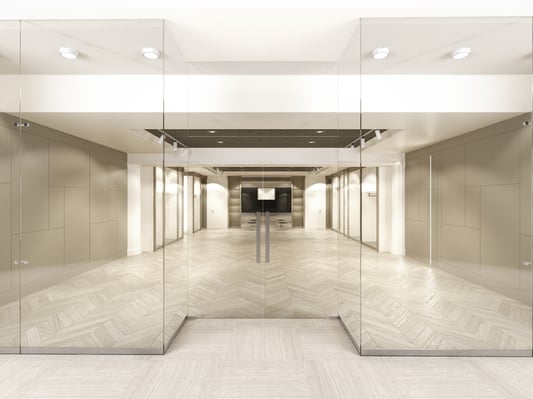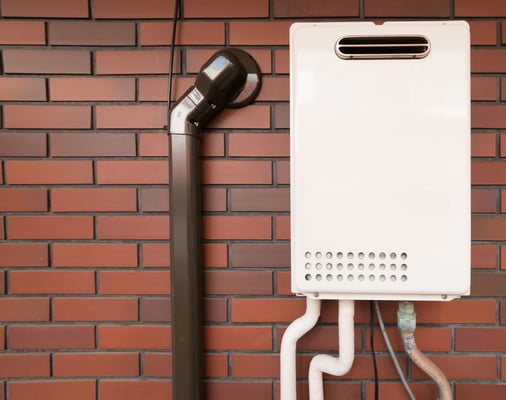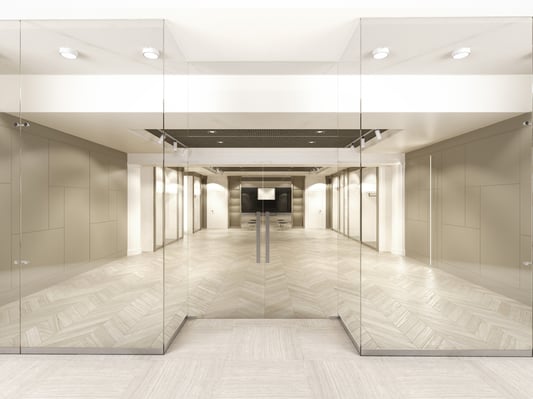E-commerce grew in 2020, but retailers also closed many of their physical stores. This was accelerated by government-ordered COVID-19 lockdowns, as online sales generated revenue when stores remained closed. Many retailers have decided to permanently close their stores and there is now a large supply of commercial space in shopping centers.
Adaptive reuse can be a good business decision for real estate developers who currently have vacant commercial properties. If empty commercial spaces are repurposed for high-demand services like storage and data centers, they could become valuable to tenants in short order. Another option is to convert vacant stores into apartments, as many of their MEP facilities are self-contained and suitable for residential use.
Are you converting a shopping mall into an apartment? Our expert MEP engineers can redesign your facility.
Stores typically do not have internal wall partitions, but can be converted into studios with the existing layout. In MEP systems, the main change required in most cases is the addition of showers and kitchen facilities. Lighting, sockets, plumbing and other MEP installations are already independent for each space and can be easily adapted for residential use.
Converting empty stores into apartments

Commercial spaces have many useful features for apartments. They have electrical installations, which can be used to power household appliances. Many of them also have private bathrooms, which can be adapted for residential use with showers and water heaters. For HVAC Systems, the necessary changes will depend on the existing design and layout:
- Heating, cooling and ventilation systems shared between commercial spaces must be modified.
- Unlike stores, which often share their opening and closing times, apartment tenants can have very different schedules.
- Tenants should also have independent HVAC systems and thermostats so they can set their preferred temperature.
- Apartments must also have individual ventilation for health reasons. When apartments share air ducts, there is a greater risk of spreading infectious diseases such as COVID-19.
- If vacant stores already have dedicated HVAC systems, they will require fewer changes when converted into apartments.
To use commercial spaces as apartments, another important change is to add front walls and doors for privacy. Many stores have just three walls, with front windows and glass doors that make their products visible. Lockable metal curtains cover the glass when the store is closed, but are impractical for residential use.
Many commercial spaces already have electricity and water submetering , which is a useful feature for apartments. Tenants can be charged for exact consumption rather than splitting utility bills equally. Landlords should be aware that some tenants may work from home, using electricity all day, whilst others are away for most of the day. In this case, an equally divided energy bill does not reflect the actual consumption of each tenant.
Adding hot water systems and kitchen facilities

Because commercial spaces were not initially designed for residential use, most of them lack kitchen facilities. Additionally, there may be a small water heater for the bathroom faucet, but a larger unit is needed when adding a shower and kitchen. When stores are converted into apartments, these are the main technical challenges in most cases. The best recommendation is to work with professional MEP engineers as they can propose cost-effective solutions.
- When a shopping center is converted into an apartment building, the gas piping may need an upgrade for kitchen equipment and residential hot water systems.
- However, commercial buildings often have shared spaces for MEP installations. This is useful when wiring or piping needs to be modified as there is no need to open walls for installation.
Shopping malls with food courts have adequate facilities for kitchen equipment, but only cover areas designated for restaurants. When converting empty warehouses into apartments, each dwelling must have adequate facilities for kitchen equipment. Even if the main gas connection is sufficient, the internal piping layout must be redesigned and modified.
Conclusion
Shopping centers are divided into smaller commercial spaces and many of the MEP systems are independent. Real estate companies that are struggling with low occupancy may turn empty malls into apartment buildings. The demand for housing is typically increasing, especially in large cities like New York.
Generally, when converting vacant stores into apartments, domestic hot water systems and kitchen facilities are the main engineering challenges. This will require a gas piping upgrade in most cases, since electrical resistance heating carries a high operating cost. However, transforming shopping malls into apartment buildings is feasible, especially in places with high demand for housing.

